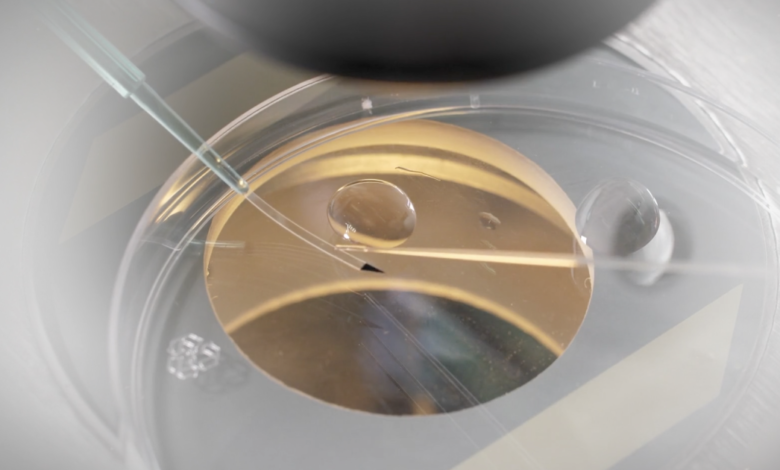
It’s an option for couples struggling with infertility that’s been around for decades, but embryo adoption is still relatively unheard of even though it’s among the more affordable options.
Elizabeth and Marty Wilson chose embryo adoption and couldn’t be happier.
Their daughter Marly, now five, was born from an embryo that was frozen for more than a decade.
The Wilsons, who have been married for 17 years, decided to expand their family five years into their marriage.
Elizabeth, 38 at the time, became pregnant with Emily, an easy process.
"No fertility treatments, no problems, normal, she was full term," she said.
Two years after Emily's birth, the Wilsons decided to try for baby number two.
"And that's when the struggling started,” Elizabeth said.
After three years of trying, the couple knew their chances of conceiving were slim.
"She was capable of conceiving a child, there was just a challenge with the number of eggs that were available,” Marty said.
Elizabeth and Marty first started an online search for traditional adoptions. Then, they learned about embryo adoption.
It's when an embryo created for in vitro fertilization is adopted, then transferred into the adoptive mother, who carries the baby to full term.
The Wilsons knew it was the perfect fit.
They joined Snowflakes, a Christian Embryo Adoption Program. They match embryo donors with adoptive families.
"What we have found is the longer people store their embryos, the more likely they are to abandon them over time,” said Snowflakes' Vice President, Kimberly Tyson. “This is going to amaze you but in my estimation, it’s well over one million embryos in frozen storage.”
Tyson says this could also be due to fertility clinics not informing clients about embryo adoption. She says this form of adoption is among the most cost-effective at around $9,000. A traditional, domestic adoption can cost up to $35,000.
After months of paperwork and home interviews, the Wilsons were matched with their embryo.
The embryo had been frozen for 18 years.
After a successful embryo transfer, the rest is history.
"After she was born, she's a member of the family just as much as Emily is biologically,” said Elizabeth.
Elizabeth and Marly hope sharing their story will inspire others to keep their options open.







